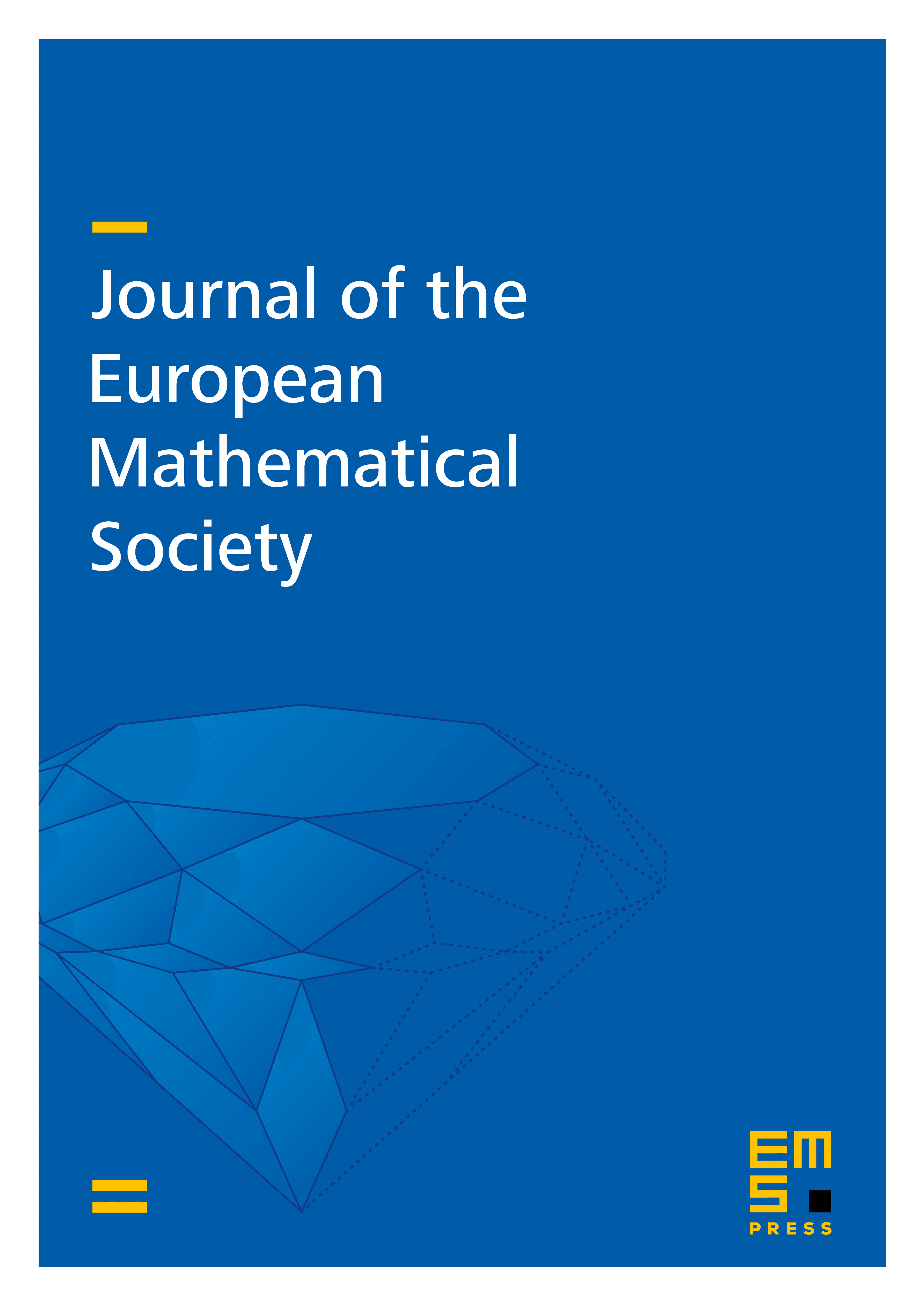Gravitational collapse to extremal black holes and the third law of black hole thermodynamics
Christoph Kehle
ETH Zürich, Zürich, SwitzerlandRyan Unger
Princeton University, Princeton, USA

Abstract
We construct examples of black hole formation from regular, one-ended asymptotically flat Cauchy data for the Einstein–Maxwell-charged scalar field system in spherical symmetry which are exactly isometric to extremal Reissner–Nordström after a finite advanced time along the event horizon. Moreover, in each of these examples the apparent horizon of the black hole coincides with that of a Schwarzschild solution at earlier advanced times. In particular, our result can be viewed as a definitive disproof of the “third law of black hole thermodynamics.” The main step in the construction is a novel characteristic gluing procedure, which interpolates between a light cone in Minkowski space and a Reissner–Nordström event horizon with specified charge to mass ratio . Our setup is inspired by the recent work of Aretakis–Czimek–Rodnianski on perturbative characteristic gluing for the Einstein vacuum equations. However, our construction is fundamentally nonperturbative and is based on a finite collection of scalar field pulses which are modulated by the Borsuk–Ulam theorem.
Cite this article
Christoph Kehle, Ryan Unger, Gravitational collapse to extremal black holes and the third law of black hole thermodynamics. J. Eur. Math. Soc. (2025), published online first
DOI 10.4171/JEMS/1591